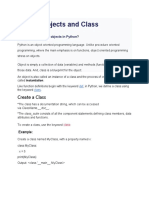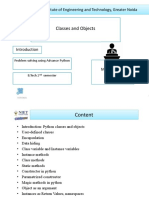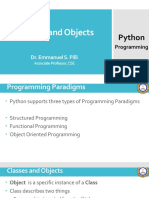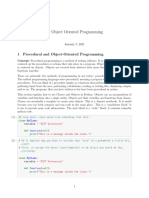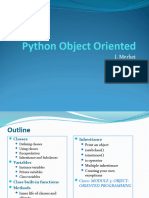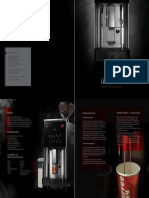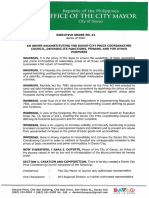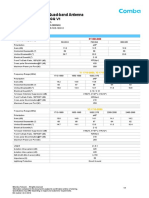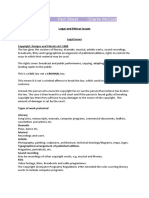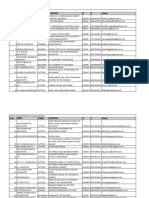0% found this document useful (0 votes)
9 views11 pagesCH2 - Classes and Object
The document provides an overview of Python classes and objects, emphasizing that Python is an object-oriented programming language where almost everything is an object. It explains the creation of classes and objects, the purpose of the __init__() function, and the use of the self parameter. Additionally, it includes examples of defining classes, creating objects, and modifying object properties.
Uploaded by
atarhini748Copyright
© © All Rights Reserved
We take content rights seriously. If you suspect this is your content, claim it here.
Available Formats
Download as PDF, TXT or read online on Scribd
0% found this document useful (0 votes)
9 views11 pagesCH2 - Classes and Object
The document provides an overview of Python classes and objects, emphasizing that Python is an object-oriented programming language where almost everything is an object. It explains the creation of classes and objects, the purpose of the __init__() function, and the use of the self parameter. Additionally, it includes examples of defining classes, creating objects, and modifying object properties.
Uploaded by
atarhini748Copyright
© © All Rights Reserved
We take content rights seriously. If you suspect this is your content, claim it here.
Available Formats
Download as PDF, TXT or read online on Scribd
/ 11













